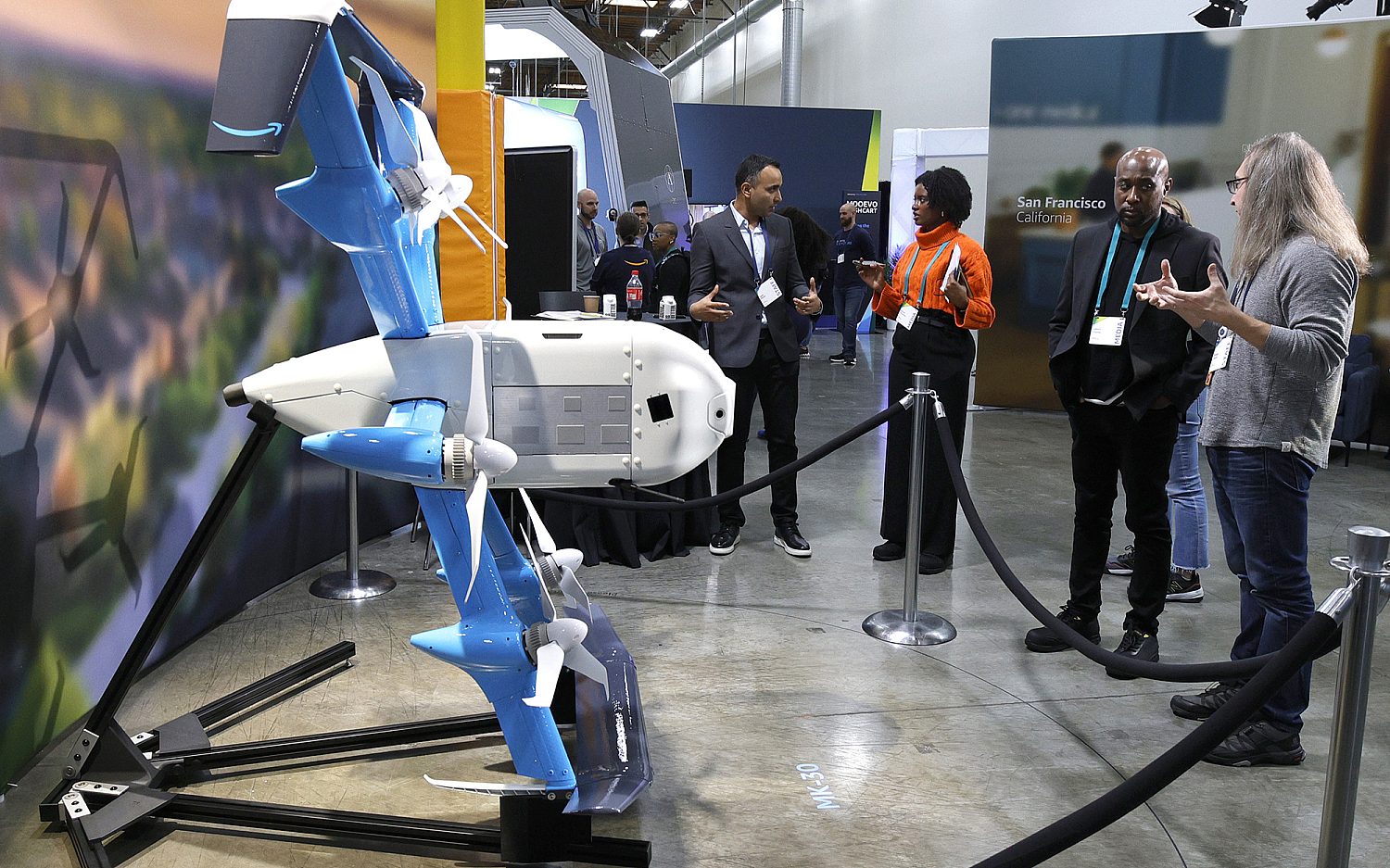Three-parent babies get FDA review
This week the Food and Drug Administration (FDA) is considering whether to allow scientists to test a genetic technique that would create babies by combining DNA from three people. The goal is to prevent genetic diseases caused by defective mitochondrial DNA inherited from the mother, but the proposal raises concerns about the procedure’s ethical, medical, and social consequences.
Mitochondria are the power houses of the cell. About 1 in 6,500 women have a genetic abnormality in their mitochondrial DNA which can be passed on to their children. An estimated 1 in 5,000 children born in the United States will inherit diseases due to mitochondrial abnormalities. The technique being considered by the FDA involves taking the normal nuclear DNA from the woman with the abnormal mitochondrial DNA and transferring it to a female donor’s egg, from which the nuclear DNA has been removed. The resulting egg would have the nuclear DNA of the mother-to-be and the donor’s healthy mitochondrial DNA. The egg would then be fertilized by sperm from the prospective father.
Mitochondrial transfer itself, however, may cause permanent genetic problems that will be passed on from generation to generation. Animal studies show the offspring produced by the procedure have a decreased survival rate, slower growth rate, and fertility problems. Researchers have no idea what the effects will be in human beings.
Dr. David Stevens, CEO of the Christian Medical and Dental Association, believes it is unethical to take such a risk not only for the child-to-be but for future generations as well. “You cannot get informed consent from the child or grandchild,” he said.
Stevens believes mitochondrial transfer creates an unnecessary danger. It does nothing to help anyone who has a disease. It is only a model of prevention and women with mitochondrial abnormalities have other ways, including adoption, to have children.
Several experts voiced concerns to the FDA that the technique could be a slippery slope toward customizing designer babies to create increased intelligence or physical attributes desired by the parents.
Scott Rae, professor of ethics at Biola University, acknowledges the potential of misuse is a concern but cautions “there is a difference between using technology to create designer children and using it to circumvent genetic disease.” For example, he believes it is appropriate to use sperm separating techniques to increase the probability of getting a child of a specific gender to avoid sex-linked genetic diseases but it is not appropriate to use sperm separating techniques simply because parents want a boy or a girl. Mitochondrial transfer is no different, he said. Using the technique to prevent disease is vastly different than using it to choose certain desirable traits for a baby.
Mitochondrial transfer techniques have created worldwide controversy. Forty countries currently have laws banning human genetic modifications that would be passed on to future generations. Many experts, however, expect the FDA eventually to endorse testing the technique. Mitochondrial DNA transfer research in the U.K. found wide public support last year when Parliament considered draft regulations, and analysts speculate the procedure could be offered there in less than two years.
“Some people want so badly to have a child with their own genetic make-up that they are willing to put their unborn children and themselves at significant risk,” Stevens said.
The Associated Press contributed to this article.
An actual newsletter worth subscribing to instead of just a collection of links. —Adam
Sign up to receive The Sift email newsletter each weekday morning for the latest headlines from WORLD’s breaking news team.





Please wait while we load the latest comments...
Comments
Please register, subscribe, or log in to comment on this article.